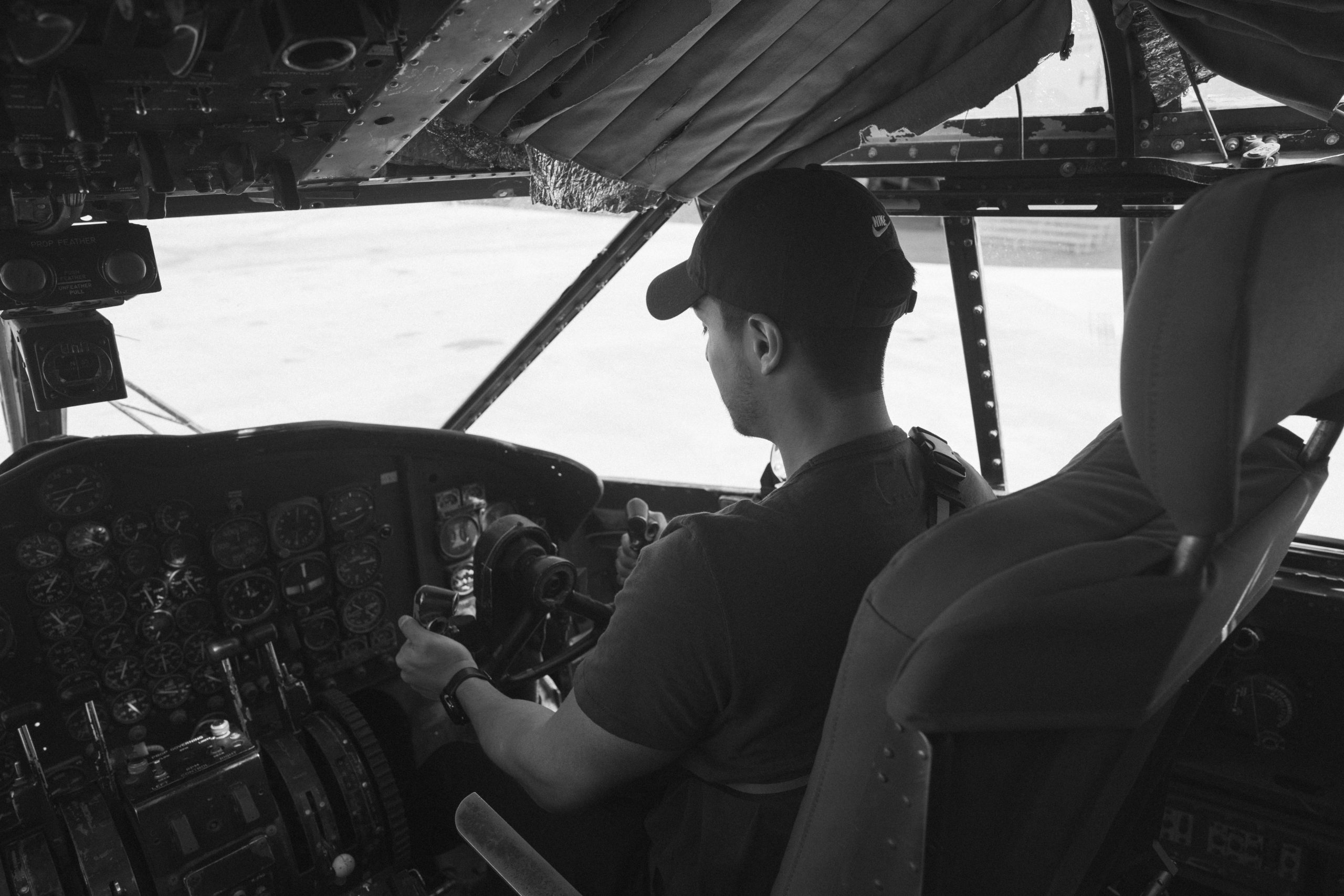Personal Flying Vehicles: Individual Aviation Transportation Reality
Technology has always been the driving force behind innovation and change. It has propelled humanity to new heights, making the seemingly impossible possible. From the invention of the wheel to space exploration, there is no denying the impact technology has had on our lives. And now, with the advent of personal flying vehicles, we are on the brink of a new era in aviation transportation – one that offers individual mobility and convenience like never before.
The Rise of Personal Flying Vehicles
The concept of personal flying vehicles is not new. It has been a dream for many since the early 20th century, with countless attempts and failures to achieve it. However, with technological advancements and a growing demand for faster transportation, the idea of personal flying vehicles has become a reality.
These vehicles, also known as Personal Air Vehicles (PAVs), are designed to provide individuals with point-to-point transportation, eliminating the need for congested roads and long commutes. They offer a hassle-free and efficient way to travel, allowing people to reach their destinations in a fraction of the time it takes with traditional modes of transportation.
How Do Personal Flying Vehicles Work?
Personal flying vehicles come in various shapes and sizes, from small electric drones to full-size aircraft. They are equipped with advanced technology such as GPS, computer-assisted controls, and obstacle avoidance systems, making them easier to operate and much safer than conventional aircraft.
Most personal flying vehicles run on electricity, reducing their carbon footprint and making them environmentally friendly. They are designed to take off and land vertically, eliminating the need for runways and making them suitable for both urban and rural environments.
The operation of these vehicles is also simplified, with most models offering semi-autonomous or fully autonomous flight capabilities. This means that anyone with little to no training can operate them, making them accessible to a wider population.
The Benefits of Personal Flying Vehicles
The benefits of personal flying vehicles go far beyond just faster transportation. One of the biggest advantages is their potential to reduce traffic congestion on roads. With the increasing population and limited road space, cities around the world are facing severe traffic problems. Personal flying vehicles offer a solution by taking to the skies and reducing the number of vehicles on the roads.
Additionally, these vehicles can significantly reduce travel time, especially in areas with heavy traffic. For example, a trip that would normally take an hour on the road can be completed in just a few minutes with a personal flying vehicle.
Furthermore, personal flying vehicles can also provide access to remote or hard-to-reach areas. They can be used for activities such as emergency medical support, disaster relief, or wildlife conservation. With their ability to land and take off vertically, personal flying vehicles can access locations that would be otherwise impossible to reach with traditional aircraft.
The Future is Here
Personal flying vehicles are no longer a thing of science fiction. They are real and have the potential to change the way we think about transportation. With ongoing advancements in technology and a growing demand for faster and more efficient ways to travel, it is only a matter of time before these vehicles become a common sight in the skies.
However, there are still challenges to overcome, such as regulations and safety measures. But with the ongoing efforts of companies like Uber and NASA, and the support of government agencies, the future of personal flying vehicles looks promising.
Conclusion
Personal flying vehicles offer a glimpse of a future where mobility is no longer limited by roads and traffic. They provide a faster, safer, and more environmentally friendly means of transportation. With the potential to revolutionize urban mobility and expand access to remote areas, personal flying vehicles are set to change the way we travel. The future of individual aviation transportation has finally arrived, and we can’t wait to see where it takes us.










